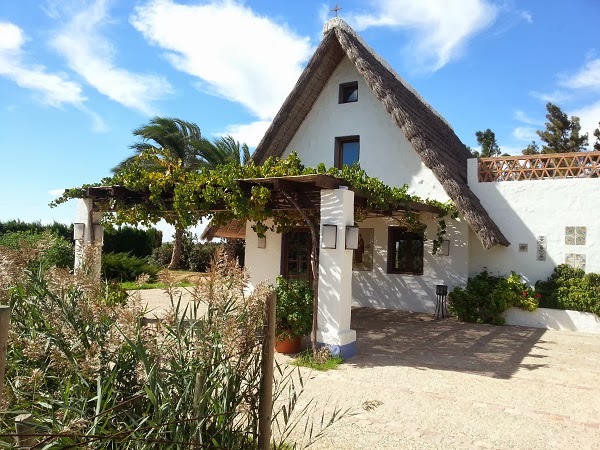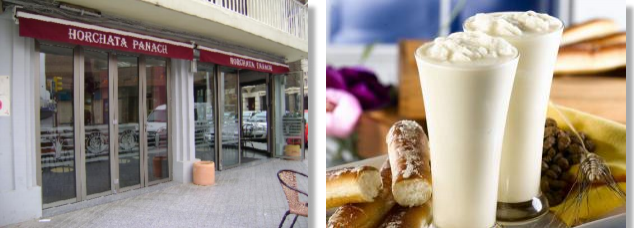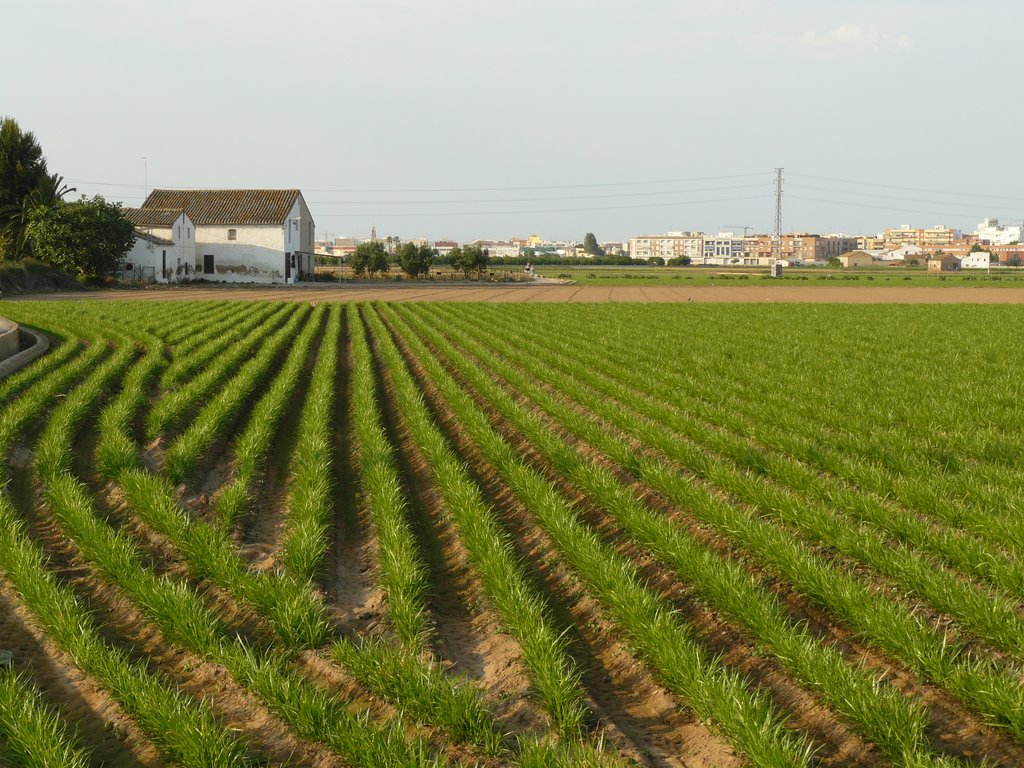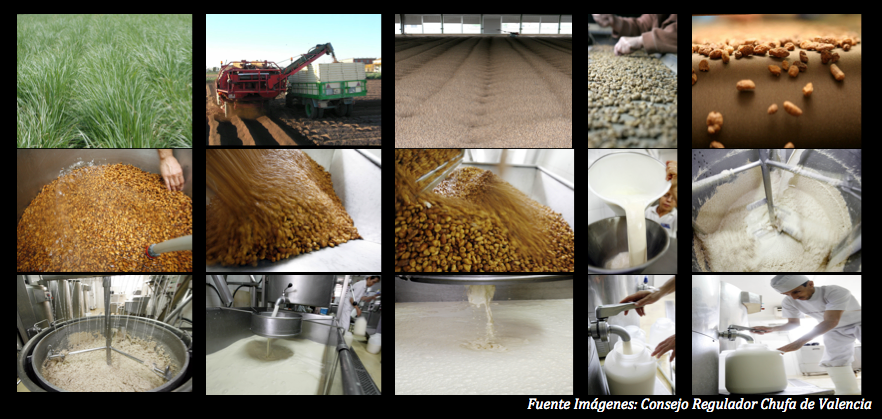
For those who are not so familiar with this summer refreshment, I thought I would share some of its history and how it is grown in and around Alboraya, next to Valencia.
It is made from chufa, which in English would be the tiger nut and as a drink it goes back thousands of years. Old civilizations such as the Egyptians left samples of this healthy product in their tombs and sarcophagi. Also, diverse Persian and Arab authors already mentioned in their writings the digestive benefits of the chufa. But it was in the 13th century when the Arabs introduced their crop in the Mediterranean area.
Valencia was and continues to be the only area in Europe where chufa is grown. Currently, it is farmed in 16 towns around the area known as L'Horta Nord (or the Northern fertile land), which surrounds Valencia.
Alboraya is the world capital of Horchata and if you ever happen to be passing through Valencia I highly recommend you visit Horchateria Panach on the main road that runs through Alboraya. It is as good as it gets and also at an unbeatable price.

The chufa is cultivated in sixteen Valencian towns in the L'Horta Nord area, where a few specific climatic requirements combine and make it the only area of Spain where such a unique tuber is cultivated. About 5.3 million kilograms of tiger nut is produced in this area, of which 90% are covered by the Denomination of Origin.
The tiger nut from Valencia (Cyperus esculentus) is a herbaceous plant of around 40 to 50 centimetres in height. It has a rhizome radicular system from which some little roots grow and in the tips of these roots, the tiger nut is formed.
The chufa is sown from March until May, a date which is determined by the previous crop. Before the planting begins, a series of preparatory work is carried out, so that the soil remains spongy, loose and well levelled. The planting is carried out in a mechanical fashion, in ridges 20 cm high with 60 cm between them. The depth of the seed is from 4 to 5 cm. The depth of sowing is an important aspect since the yield and the quality of the tuber depend greatly on these measurements.

The harvest is carried out from November to January. Once the plant has completely withered and dried, it is burned and the ashes and remains are cleaned up. Then, it is sown again mechanically. A few weeks after the new planting, the tuber germinates. You shouldn't miss the opportunity to see the legendary irrigation ditches of Roman origin, improved and expanded by the Arabs throughout the area, which still remain.
Legend says that a young villager from the fertile area of Valencia known as L'Horta offered King Jaume I a white and sweet drink. The King, very pleased, asked; "Qué es això?" (What is this?), and the young woman answered, "Es llet de xufa" (It's tiger nut milk). The King, having tasted the drink replied, "Això no es llet, això és OR, XATA" - This is not milk, this is gold (=OR), pretty girl (=XATA)"
Legend or reality, the drink became famous throughout the country, adopting the name of Horchata de Chufa. This drink is a refreshing and essential product in the Mediterranean diet thanks to its innumerable and healthy benefits.

Known since antiquity as a source of vitamins and nutrients, the horchata is also considered a source of health and energy the world throughout. Along with its delicious and refreshing flavour, several medical studies have accredited its many beneficial properties for the body. Investigations have concluded that the horchata has great digestive properties thanks to its high level of amino acids and starch.
Several prestigious specialists from the University of Valencia have also determined that it is rich in minerals such as phosphorous, magnesium, potassium and iron as well as unsaturated fats and proteins. It is also recommended for all types of people, from the youngest to the oldest. The natural horchata can also be drunk by patients with a declared lack of tolerance to lactose and it is recommended for pregnant women as it includes more iron and potassium than a glass of milk.
It is an energising and nutritious drink that, thanks to its characteristics, has become part of the Mediterranean diet. Its cardiovascular properties are similar to those present in olive oil and it helps in reducing cholesterol and triglycerides as it has over 77% of oleic acid. All these characteristics make the Horchata of Chufa of Valencia a very complete and nutritious drink thanks to its macro and micronutrients. So be sure to try some the next time you are in Valencia this Summer. Enjoy!